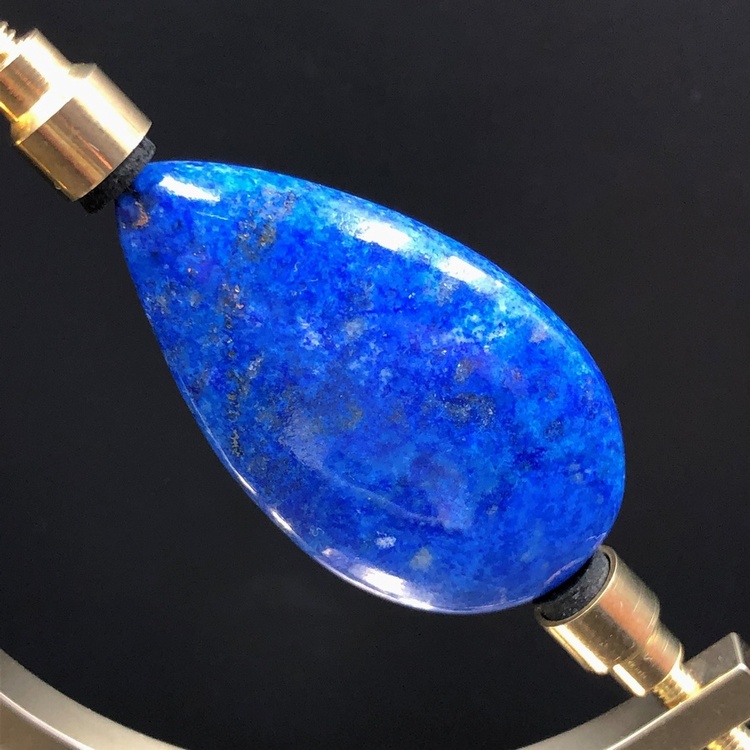-
-
0
My Shopping Bag
0 Items in Your Bag
Lapis Lazuli - The 'Blue Stone'
What is Lapis Lazuli?
The name 'Lapis Lazuli' means 'blue stone'. Lapis Lazuli, also known simply as "Lapis," is a blue metamorphic rock that has been used by people as a gemstone, sculpting material, and ornamental material for thousands of years. Unlike most other gem materials, Lapis Lazuli is not a mineral. Instead, it is a rock composed of multiple minerals. The blue colour of Lapis Lazuli is mainly derived from the presence of Lazurite, a blue silicate mineral of the Sodalite group.
Lapis Lazuli forms near igneous intrusions where limestone or marble has been altered by contact metamorphism or hydro-thermal metamorphism. In these rocks, Lazurite replaces portions of the host rock and often preferentially develops within certain bands or layers.
Afghanistan is the world's leading source of Lapis Lazuli. Some parts of the country have been actively mined for thousands of years. Other countries that produce notable amounts of Lapis include Chile, Russia, Canada, Argentina, and Pakistan. In the United States small amounts of Lapis have been produced in California, Colorado, Arizona and a very small amount was found in New York.
Specimens of Lapis Lazuli usually contain calcite and pyrite. Sodalite, hauyne, wollastonite, afghanite, mica, dolomite, diopside, and a diversity of other minerals might also be present. To be called "Lapis Lazuli," a rock must have a distinctly blue colour and contain at least 25% blue Lazurite.
Lapis Lazuli is said to help create and maintain a connection between the physical and celestial planes, creating a strong spiritual connection. Intuitive and psychic awareness are energies Lapis Lazuli enhances.
Mentally, Lapis Lazuli has helpful energy. It can bring mental and emotional virility and strengthen the mind. It also is said to enhance creativity. Its energy can help organise daily life as well as organising and quieting a busy or restless mind, lessening confusion and increasing concentration.
Lapis Lazuli legends are among the oldest in the world. The myth of Inanna the Sumerian goddess of love, and her descent and return from the underworld may date from as early as 4000 BC. Inanna entered the underworld bearing the insignia's of her rank, including a Lapis Lazuli necklace and rod. In ancient Egypt, pharaohs favoured Lapis Lazuli, and judges wore emblems of Maat, the goddess of truth, made from the stone. A prime example in Egypt is King Tuts mask.
- 05 May 2019
- General Blog
- Jason

